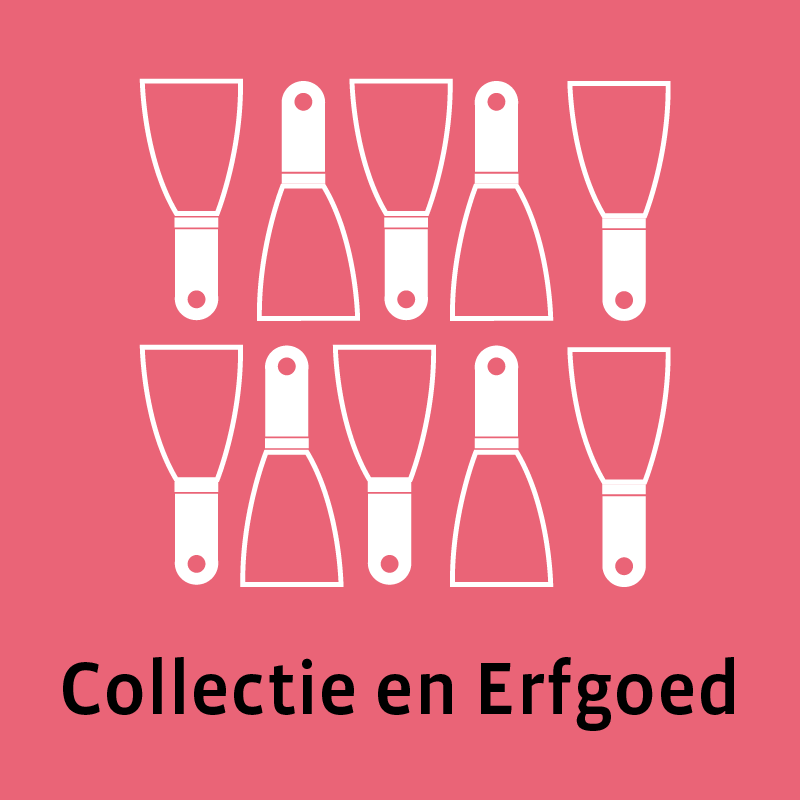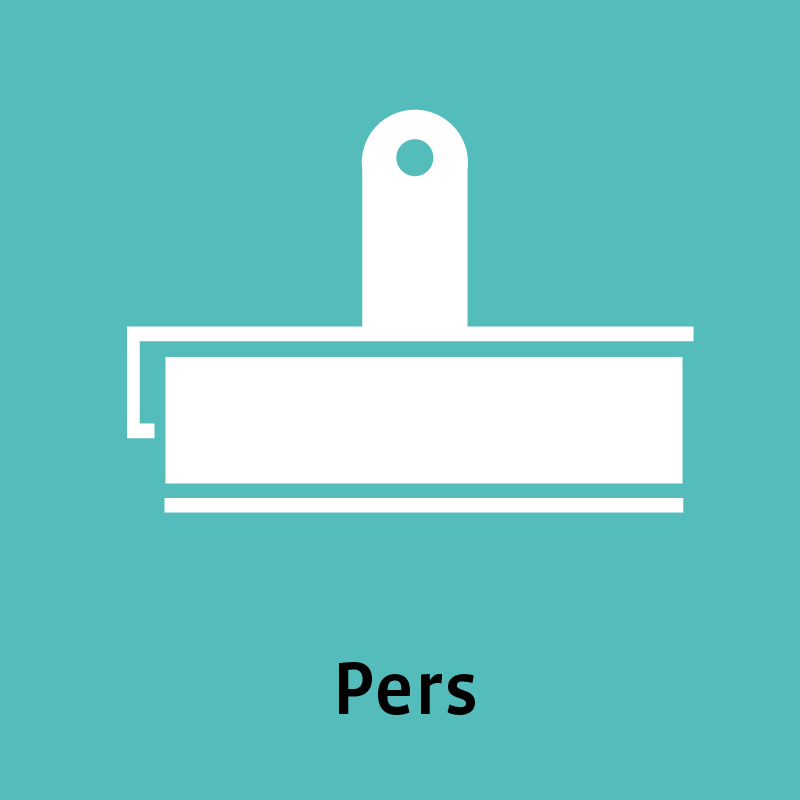
3
Liegen dat het gedrukt staat
Vanaf de 15e eeuw zijn mensen in staat om steeds verder te reizen. Ontdekkingsreizigers komen terug van hun reizen met spectaculaire verhalen over nieuwe landen en haar inwoners. Op zee worden de meest bijzondere wezens waargenomen: van zeemeerminnen tot zeevarkens. In dit soort fantasiewezens worden volksgeloof, sensatiezucht en nieuwsgierigheid naar het onbekende met elkaar verenigd. Daarbij kan een spectaculair verhaal, gedrukt in een grote oplage, natuurlijk altijd op een flinke omzet rekenen.
Of een verhaal nu waar is of niet: als het eenmaal gedrukt en gepubliceerd is, overtuigt het meer. Als het geschreven staat, moet het wel kloppen: helemaal als het gaat om het geloof. Op de kaart, die bij deze installatie hoort, is het Aards Paradijs zorgvuldig ingetekend. Voor de lezer hét bewijs dat de verhalen in de Bijbel waar zijn.
Vanaf de 12e eeuw worden de eerste universiteiten in Europa opgericht. In 1614 wordt Ubbo Emmius de eerste Rector Magnificus van de Academie (Rijksuniversiteit) in Groningen. In zijn wetenschappelijk werk behandelt hij de religieuze en politieke strijdpunten uit zijn tijd en gaat hij tekeer tegen de onbetrouwbaarheid van veel publicaties.
Rond 1600 raakt hij verwikkeld in een polemiek over de Friese geschiedenis. Het leidt tot een hoogoplopende ruzie met de graaf van Oldenburg, die zelfs via stadhouder Willem Lodewijk wordt uitgevochten. Via openbare geschriften en publicaties bestrijden de kampen elkaar. In een van zijn eigen exemplaren gaat Emmius al in de kantlijn tekeer tegen wat hij leest.
Door te publiceren versterk je je eigen geloof- waardigheid. Of het nu gaat om effectbejag of om iemand te overtuigen van jouw waarheid: een publicatie vertelt niet alleen het verhaal van de schrijver, maar zegt ook iets over zijn of haar motief.
Lying as if it was printed
From the 15th century, people were able to travel farther than ever before. Explorers came back from their travels with spectacular stories of new lands and their inhabitants. At sea, the most extraordinary creatures were observed, from mermaids to sea pigs. These fantasy creatures reflect a mix of popular belief, sensationalism, and curiosity of the unknown. Next to this, a spectacular story, printed in a large run, can always be counted on to produce a good profit.
Regardless of whether a story is true or not, once it is printed and published, it becomes more convincing. If it’s written, it must be true: especially when it comes to faith. On the map accompanying this exhibition Earthly Paradise is carefully inscribed. For the reader, it forms proof that the stories of the Bible are true.
The first universities in Europe were founded from the 12th century. In 1614 Ubbo Emmius became the first Rector Magnificus of the Academy in Groningen, (the forerunner to the University of Groningen). His scholarly work dealt with the religious and political controversies of his time and railed against the unreliability of many publications.
Around 1600 he became embroiled in a polemic about Frisian history. This led to a high-spirited quarrel with the Count of Oldenburg, which even stadhouder Willem Lodewijk was brought into. The two camps fought it out through public writings and public discourse. In one of his own copies, Emmius ranted in the margins against what he was reading.
Through publication, you strengthen your credibility. Whether purely for effect or to convince someone of your own truth: a publication not only tells the author’s story but reveals something of his or her motive as well.








